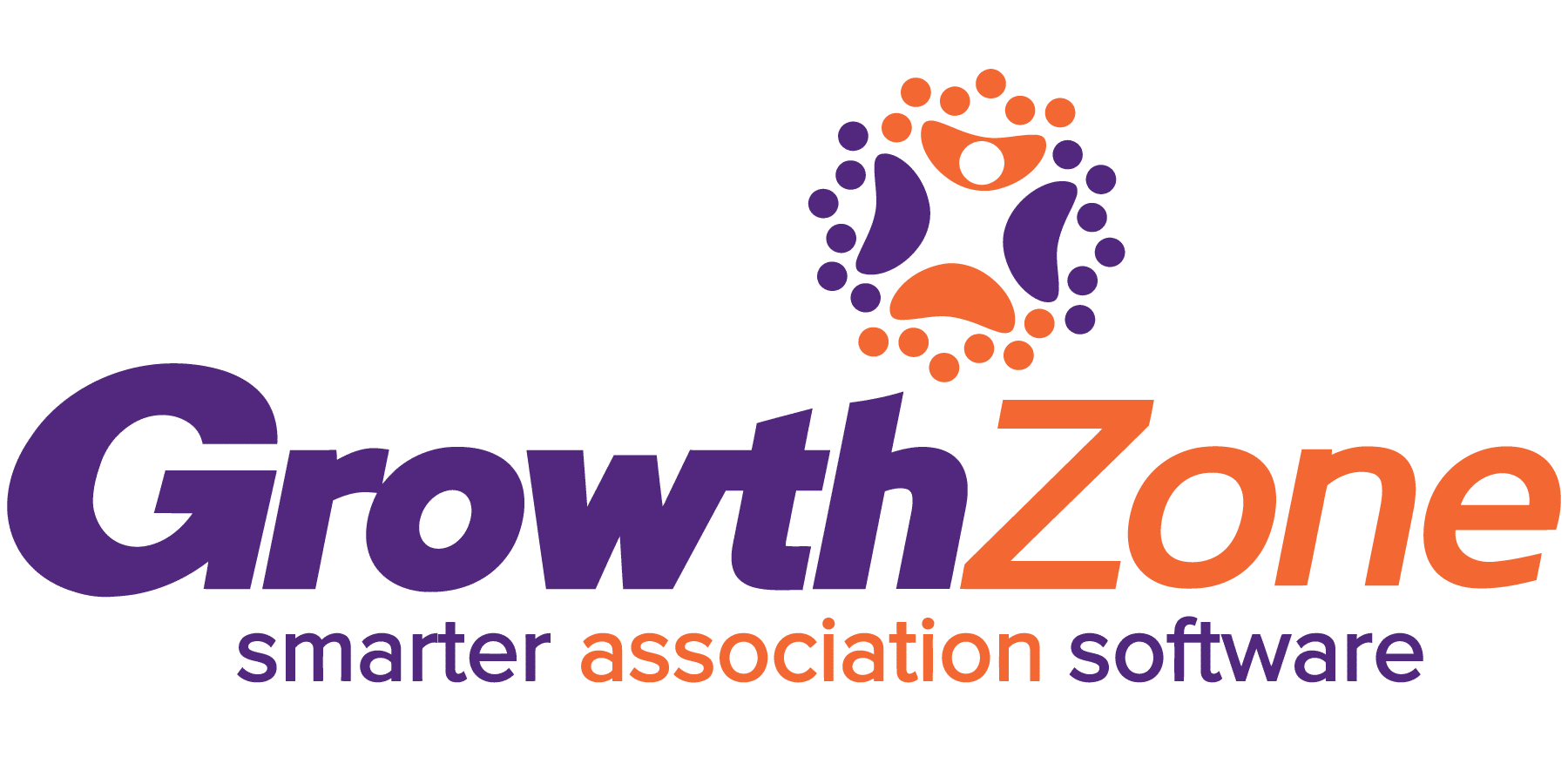The Power of Young Medical Professionals

For today’s associations, the challenge of recruiting and engaging young professionals is never-ending. For medical associations and societies, it can seem utterly impossible.
Young medical professionals keep rigorous schedules. Therefore, the challenge of competing for their time typically surpasses that of other associations.
So, how do you take advantage of this demographic shift to attract millennials (born 1981-1996) and Gen Z (born 1997-2012) to your association?
First, let’s bust some myths.
Myths & Facts
Myth: Young medical professionals are not willing to join or take an active role in an association.
Fact: They’re willing, but participation needs to be a win-win; it must benefit others as well as benefit them personally. To survive, associations must learn to reach young professionals and adapt to their culture.
Myth: Young medical professionals are “Generation Me,” the self-centered generation.
Fact: Nothing can be further from the truth. Young professionals volunteer more than any previous generation. A recent survey showed that 47% of Millennials had volunteered in the past month.
Myth: Millennials and Gen Z aren’t in the majority of today’s workforce.
Fact: Millennials are on the verge of becoming an overwhelming majority in the workforce, with Gen Z fast on their heels as greater numbers enter the workforce.
Get Young Professionals Through Your Association’s Door
#WordofMouth
Word of mouth is one of the best ways to attract new members. Young professionals aren’t going to believe what you say about your organization; they’re going to believe their peers. This generation is connected to large networks via social media, so getting a few younger members to advocate for your association can go a long way.
What’s Their Ulterior Motive for Joining?
#Education
The continuing education curriculum required by many healthcare associations results in young professionals seeking out learning opportunities. Providing certified classes is an ideal way to generate membership growth.
When you offer continuing education opportunities:
Make sure your courses are current and relevant. Be brutally honest when evaluating your association’s continuing education offerings. Are your courses taught by volunteers who may not have the skills needed to deliver quality content via the latest technology? Consider using online resources to conduct training for volunteers to become skilled and valuable contributors.
Think about a “freemium” model by offering basic education at no cost. Provide “upgraded” professional development opportunities for individuals to invest in expanded offerings.
Make Sure Young Professionals Like What They Get
#LearningStyles
Young professionals may be put off by dated education that is not conducive to their preferred learning style, which likely consists of electronic textbooks, blended learning environments including virtual classrooms, and online options. Peer-to-peer instruction is valuable, yet many volunteer instructors may not be familiar with educational technology advancements, don’t have cutting-edge delivery skills, or lack knowledge in current course content design.
Make your association’s training content succinct, entertaining, mobile, and self-directed. Keep in mind that young professionals don’t want to sit through overly structured training; they want to learn when it fits into their schedule and at their own pace.
Now That You Have Their Attention, Tell Them Why They Should Stay
#Orientation
All new members, but especially younger ones, need to learn about the association itself. They should be educated about how it works, how various association activities complement and reinforce one another and, most importantly, where they fit and what they can do to personally see the association achieve its mission.
Integration of young professionals should be done in at least two ways:
- Provide events/meetings just for younger members to give them a “safe space” to interact and identify with one another.
- Provide an opportunity to engage with all members, regardless of generation. It’s one of the reasons they join.
#Feedback&Recognition
Members who are acknowledged for their contributions tend to stay “on the move,” actively working to make their mark on the association. Waiting for the annual banquet to recognize younger members won’t cut it.
Keep in Touch – the Right Way
#Communications
Go mobile – Younger medical professionals are more likely to communicate by text message than a phone call or email. After you’ve connected, stay in touch by text. Everyone texts. You need to, too.
Stay current – Keep your association website and social media accounts updated if you want members and prospective members to view your organization as a trusted resource.
Connect often – They are hyper-connected and want to know what their peers are doing and where they are, around the clock.
Conclusion
Engaging with young medical professionals is important because they are energizing, creative, and innovative. They delight in making positive systemic and organizational change. Which begs the question: Can you afford not to engage them?
About GrowthZone AMS
GrowthZone and MemberSuite by GrowthZone association management software help medical associations grow and retain membership, engage and inform members and prospects, and streamline tedious tasks so you can focus on fulfilling your mission. Schedule a demo at www.growthzone.com.
Save your seat for the Association Forum Healthcare Collaborative webinar presented by GrowthZone, “Association Trends – Learn What Your Colleagues Are Doing” on 3/20/24.
This post is powered by Healthcare Collaborative partner: GrowthZone.
Tags
Related Articles
Discover Phoenix’s Growing Reach in Healthcare
Learn more about how Greater Phoenix is one of the fastest-growing markets for life sciences...
The Power of Young Medical Professionals
How to embrace young medical professionals and the changing membership landscape.
Addressing the AANHPI Leadership Gap in Healthcare
Using our voice is more important than ever before.





